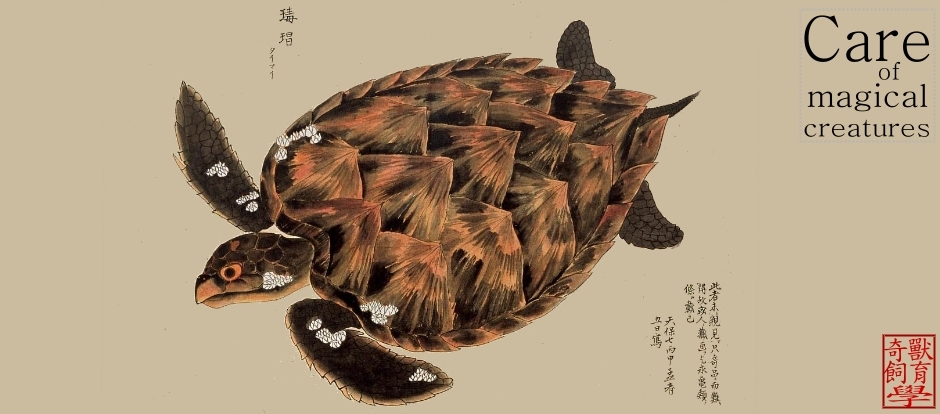 文獻來源: Poutaud L, Sudarto, Paradis E. 2009. The phylogenetic structure of habitat shift and morphological convergence in Asian Clarias (Teleostei, Siluriformes: Clariidae). Journal of Zoological Systematics and Evolutionary Research 47(4): 344-356.
文獻來源: Poutaud L, Sudarto, Paradis E. 2009. The phylogenetic structure of habitat shift and morphological convergence in Asian Clarias (Teleostei, Siluriformes: Clariidae). Journal of Zoological Systematics and Evolutionary Research 47(4): 344-356.Abstract
Catfishes of the genus Clarias are an important component of the ichthyofauna in Asia and in Africa. Previous studies demonstrated a high diversity in number of species, morphology and habitat, but little was known on the evolutionary processes underlying this diversity. We analysed an original data set of molecular sequences (cytochrome b and 16S genes), habitat and geographic distributions, as well as 29 morphometric measurements taken on 454 specimens of Asian Clarias. Maximum likelihood phylogeny estimation showed an unexpected cryptic diversity due to strong morphological convergence. The patterns of intra- and interspecific phylogenetic divergence are overall explained by geographic isolation. The analysis of habitat transitions with Markovian models showed that Asian Clarias evolved from an ancestor probably living in clear waters. The most frequent transitions occurred between clear and white waters, whereas transitions towards black waters occurred only from clear waters and were rare events. The morphometric analysis suggests a complex pattern of morphological evolution with repeated convergence towards an elongated form in black waters. The phylogeographic patterns of diversification of Asian Clarias agree with previous studies on other groups and the hypothesis that changes in sea level during the Pleistocene had little influence on shaping biodiversity on the Sunda Shelf.
圖片連結: 雷魚圖鑑
